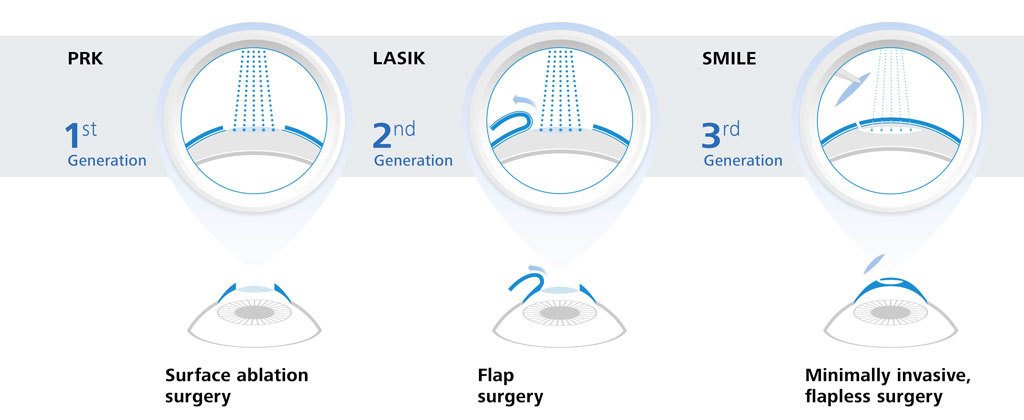Unbelievable Modifications In Your Youngster'S Habits Might Signal Vision Problems; Discover The Indications That Warrant An Eye Examination And Ensure Their Healthy Growth
Unbelievable Modifications In Your Youngster'S Habits Might Signal Vision Problems; Discover The Indications That Warrant An Eye Examination And Ensure Their Healthy Growth
Blog Article
Authored By-McKay Morton
As a parent, you play a crucial role in your child's health and wellness, specifically when it concerns their vision. You might notice specific actions that can signal a need for an eye examination. Squinting, regular eye massaging, or complaints of headaches can be greater than simply small nuisances. Understanding these signs is necessary for your child's growth. So, what should you seek next? Let's explore the usual signs and symptoms that can suggest a vision problem.
Common Symptoms of Vision Troubles in Children
When you discover your child having problem with day-to-day activities, maybe an indicator of vision troubles.
Seek symptoms like squinting, rubbing their eyes frequently, or tilting their head to see better. If they've trouble reading or appear to shed their location commonly, that's an additional indicator.
You might additionally see them whining concerning headaches or experiencing eye pressure after prolonged periods of reading or utilizing screens.
Furthermore, if your kid avoids tasks that need great vision, like sports or attracting, it deserves paying attention to.
Expect any unusual habits, as these indicators can indicate underlying vision concerns that require expert evaluation.
Unbreakable Glasses For Kids DFW can make a big difference in their aesthetic advancement.
Age-Specific Vision Milestones to Screen
Every moms and dad should watch on their youngster's vision development as they grow.
At around 6 months, your child ought to begin tracking moving items. By age 1, they should have the ability to concentrate on and recognize acquainted faces.
Between 2 and 3 years, look for improvements in hand-eye control, like piling blocks or throwing a sphere.
By age 4, youngsters ought to have the ability to recognize forms and shades, and they may begin to recognize letters.
If your youngster battles with these turning points, it's important to remember. Monitoring their progression aids you capture possible problems early, ensuring they obtain the vision treatment they need for a brilliant future.
Stay proactive concerning their vision wellness!
When to Schedule an Eye Test for Your Child
Checking your kid's vision advancement is essential, yet understanding when to arrange an eye exam is equally as crucial. The American Academy of Ophthalmology suggests your youngster have their very first eye test at 6 months old.
Afterwards, timetable follow-ups at age 3 and again prior to they begin college. If your child shows indications of vision concerns-- like squinting, trouble reading, or headaches-- do not wait on the following scheduled consultation.
Furthermore, if there's a family history of eye problems, aggressive examinations are necessary. Keep an eye on any type of changes in their vision or actions, and depend on your instincts.
Normal exams can aid catch potential issues early, guaranteeing your kid has the best chance for healthy and balanced sight.
Conclusion
Finally, staying alert to your youngster's aesthetic practices is vital for their eye wellness. If you see any type of indicators like scrunching up your eyes, eye rubbing, or trouble with reading, do not think twice to schedule an eye exam. Keep in mind, very early discovery can make a substantial difference in their visual growth. Trust fund your reactions as a moms and dad, and ensure your youngster obtains the treatment they need to thrive. Regular check-ups can help keep their eyes healthy and balanced for years ahead.
